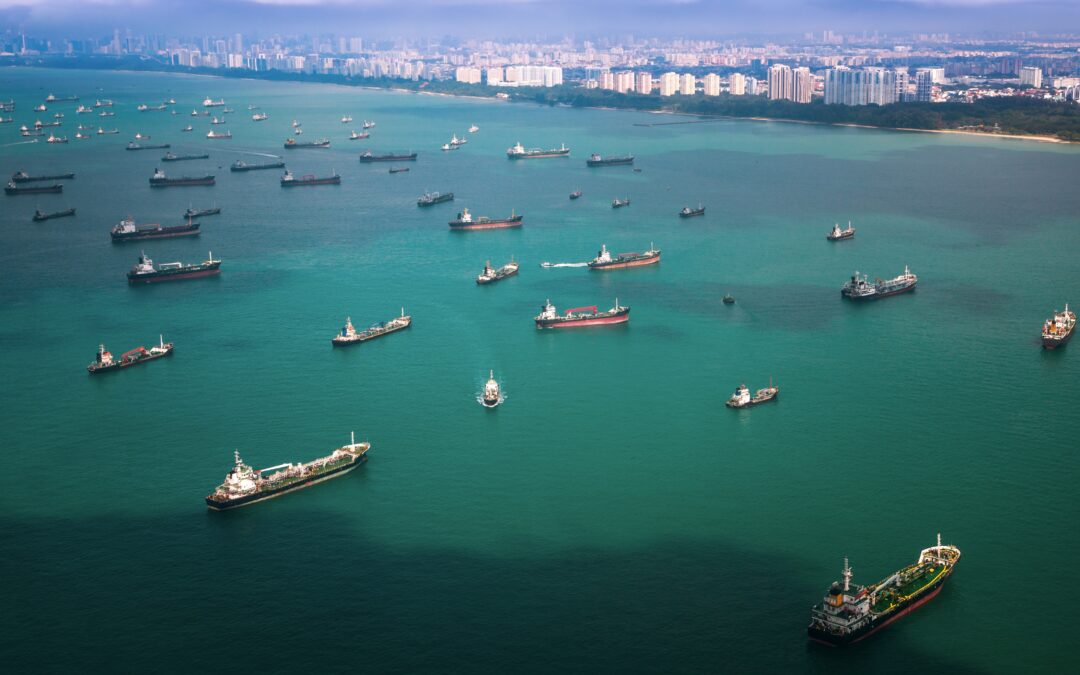The Global Centre for Maritime Decarbonisation (GCMD) in Singapore has selected DNV to lead an ammonia bunkering safety study. The study aims to define a robust set of safety guidelines and operational envelopes that will establish the basis of a regulatory sandbox for ammonia bunkering trials at two local sites.
To that end, DNV will team up with Singapore’s leading infrastructure developer Surbana Jurong and the Singapore Maritime Academy (SMA). DNV’s work scope will comprise ammonia demand forecasting, bunkering site recommendations, the development of conceptual designs of bunkering modes like truck to ship or ship to ship, HAZID/HAZOP/QRA studies, as well as drafting of technical and operational guidelines.
Also read: VIDEO: DNV tests the hazards of alternative fuels
Safe handling of ammonia
While ammonia is one the most promising fuels to decarbonise shipping, DNV research shows that a number of safety gaps hold the potential to disrupt the speed and success of the transition.
‘The safe handling of ammonia is one such gap which urgently needs to be closed, given the threat it poses to seafarers and ships unless properly managed,’ says Knut Ørbeck-Nilssen, CEO of DNV Maritime. ‘We are therefore thrilled to partner with Surbana Jurong and the Singapore Maritime Academy on this pioneering initiative, which we hope will lay the foundations for robust ammonia bunkering safety guidelines with industry wide applicability.’
Ammonia projects on the rise
In response to the growing industry interest for ammonia fuelled and ammonia ready ship designs, DNV has also undertaken other projects in the development of ammonia as a viable future marine fuel.
The classification society’s “Fuel ready” notation was launched as an industry first in April 2021 by Höegh Autoliners in their new series of car carriers. The notation verifies that a vessel complies with the safety and operational requirements for future ammonia fuelled operations, and that the main engine can be converted or operate on the fuel.
Also read: DNV: New technology may pose threat to safety at sea
For shipowners looking to move towards a full zero-carbon fuel option with their next newbuilding, DNV’s new “Gas fuelled ammonia” rules provide a practical path. Further adding to this work, DNV has awarded several Approvals in Principle for ammonia fuelled ship designs, while also cooperating with engine maker MAN Energy Solutions on the safe development of a 2-stroke ammonia engine intended to be market-ready in 2024.
Ammonia demonstration projects by 2025
According to its recent Maritime Forecast to 2050, DNV expects there will be demonstration projects for onboard use of ammonia by 2025, paving the way for zero-carbon ships ready for commercial use by 2030. While the future fuel mix will be broad, DNV predicts that both ammonia and bio-based methanol are the most promising carbon-neutral fuels in the long run.
Picture: Vessels berthing at Singapore, the world’s largest bunkering hub and busiest container port globally (by DNV).








